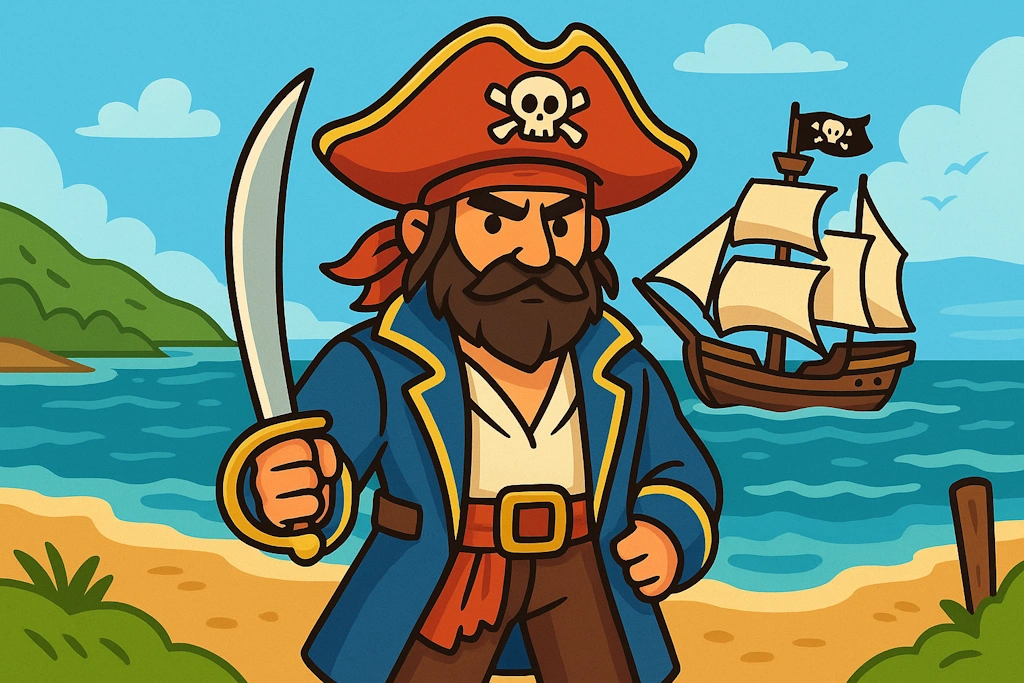♀️Pirates Names(Female)
Generate swashbuckling names for seafaring outlaws and treasure-hunting buccaneers.
Choose your style:

Pirates Names
Generate swashbuckling names for seafaring outlaws and treasure-hunting buccaneers.
Example Pirates Names
Get inspired by these sample results
- Buena 'Lost Soul' Rackham
- Ester Aries
- Cordia Alston
- Irene 'Gunner' Barton
- Wendy Shell
- Auberon 'The Hawk' Leviathan
- Barnum 'Voodoo' Goodwin
- Dean 'One Leg' Peyton
- Alder 'Shady' Rutherford
- Birchall 'Rambling' Vossler


